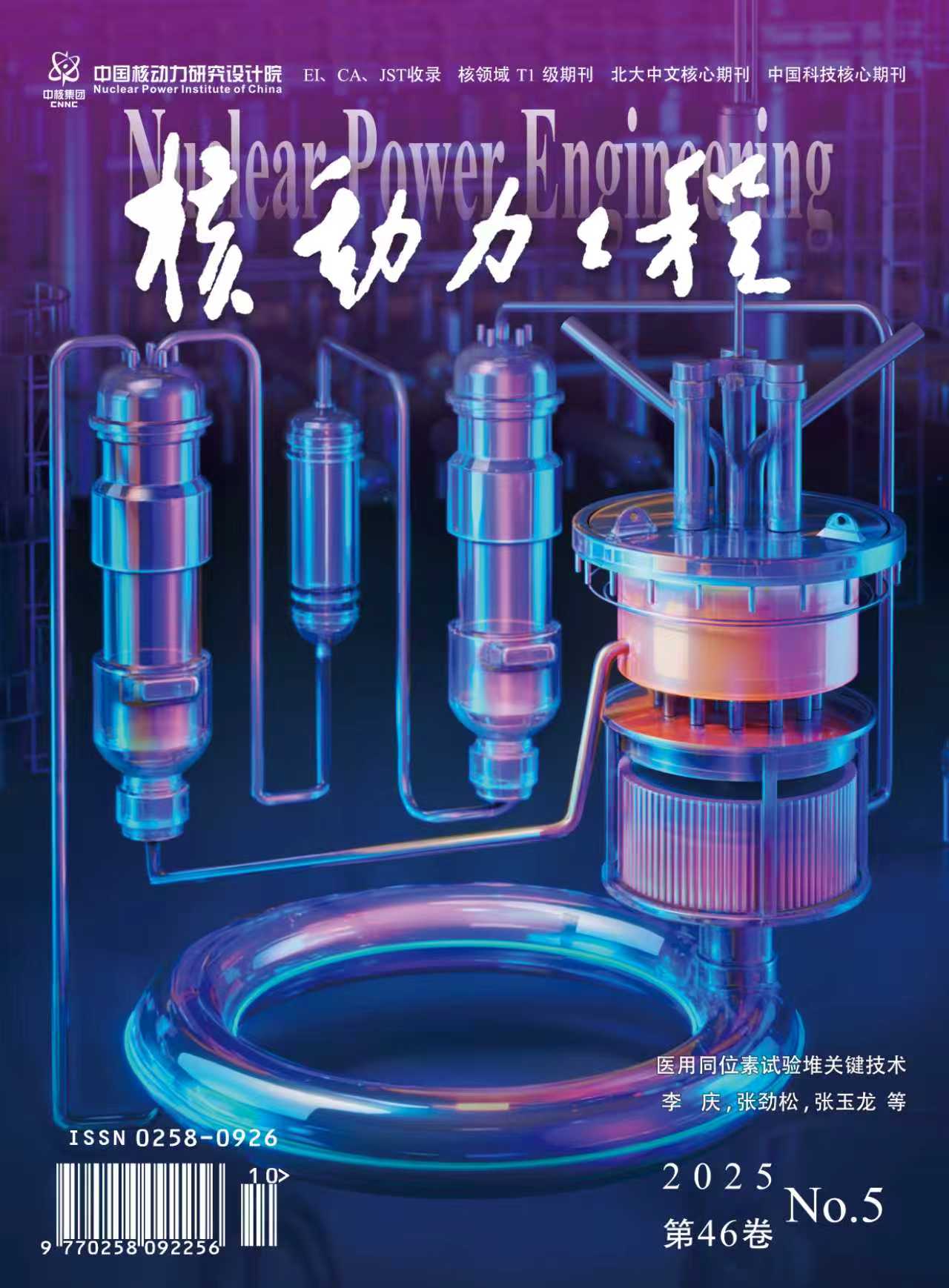2020 Vol. 41, No. 4
Display Method:
2020, 41(4): 1-7.
Abstract:
2020, 41(4): 8-11.
Abstract:
2020, 41(4): 12-16.
Abstract:
2020, 41(4): 17-21.
Abstract:
2020, 41(4): 22-25.
Abstract:
2020, 41(4): 26-29.
Abstract:
2020, 41(4): 30-33.
Abstract:
2020, 41(4): 34-40.
Abstract:
2020, 41(4): 41-44.
Abstract:
2020, 41(4): 45-49.
Abstract:
2020, 41(4): 50-54.
Abstract:
2020, 41(4): 55-59.
Abstract:
2020, 41(4): 60-63.
Abstract:
2020, 41(4): 64-69.
Abstract:
2020, 41(4): 70-75.
Abstract:
2020, 41(4): 76-78.
Abstract:
2020, 41(4): 79-84.
Abstract:
2020, 41(4): 85-90.
Abstract:
2020, 41(4): 91-95.
Abstract:
2020, 41(4): 96-100.
Abstract:
2020, 41(4): 101-104.
Abstract:
2020, 41(4): 105-110.
Abstract:
2020, 41(4): 111-115.
Abstract:
2020, 41(4): 116-121.
Abstract:
2020, 41(4): 122-127.
Abstract:
2020, 41(4): 128-134.
Abstract:
2020, 41(4): 135-140.
Abstract:
2020, 41(4): 141-147.
Abstract:
2020, 41(4): 148-152.
Abstract:
2020, 41(4): 153-160.
Abstract:
2020, 41(4): 161-165.
Abstract:
2020, 41(4): 166-169.
Abstract:
2020, 41(4): 170-173.
Abstract:
2020, 41(4): 174-177.
Abstract:
2020, 41(4): 178-180.
Abstract:
2020, 41(4): 181-184.
Abstract:
2020, 41(4): 185-190.
Abstract:
2020, 41(4): 191-196.
Abstract:
2020, 41(4): 197-202.
Abstract:
2020, 41(4): 203-207.
Abstract:



